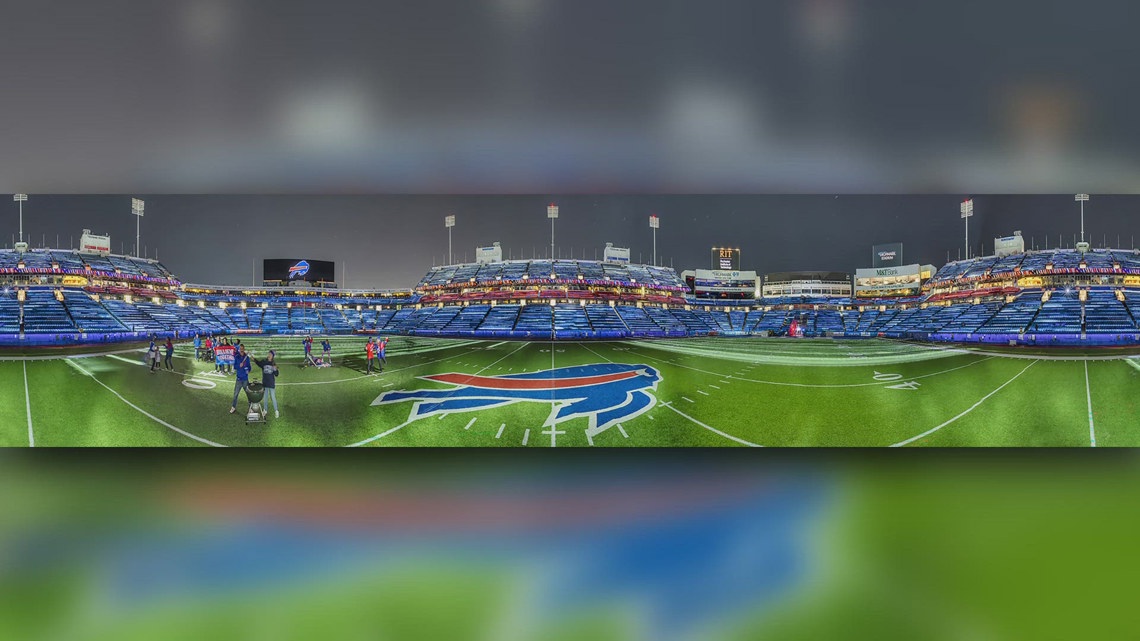Highmark Stadium just became the canvas for a massive art project involving thousands of volunteers — and a unique photographic technique.
ORCHARD PARK, N.Y. — Highmark Stadium was the location for Rochester Institute of Technology’s 37th Big Shot photography project, a unique large-scale art initiative that captures landmarks through creative light exposure.
The Big Shot project uses flashlights, strobes, and other light sources to “paint with light” during extended exposure photography. Previous locations for the project have included iconic sites such as Churchill Downs, the Alamo, and the Smithsonian Institution.
RELATED: Highmark Stadium in for a Big Shot courtesy of the Rochester Institute of Technology
The resulting image from Highmark Stadium will be on display in the new stadium when it opens next season, showcasing both the stadium and RIT’s innovative approach to photography.
This project highlights the creative intersection of art and architecture, transforming Highmark Stadium into a glowing canvas for one of RIT’s signature visual experiences.
The project, which began in 1987, was designed to teach RIT students how to solve complex problems using simple tools and teamwork.
Thousands of students and community volunteers on Saturday night used flashlights and other light sources to “paint” the 52-year-old stadium while the Big Shot camera team captured the extended exposure image.
“Whether people came out because they love photography, the Bills, or both, the fact that we had thousands of people working together to create one photo is a powerful experience,” Eric Kunsman, co-coordinator of the Big Shot and assistant professor at RIT’s National Technical Institute for the Deaf, said in a statement Saturday night.
“When people see the photo online or in the new stadium, they can point to where they stood or where they pointed their flashlight to help create the image. It’s an incredible memory for everyone involved.”
This year marked the first time the Big Shot team captured a full 360-degree panoramic image of a subject. In addition to the panoramic photograph, six additional photos were taken to ensure every inch of the stadium was documented.

